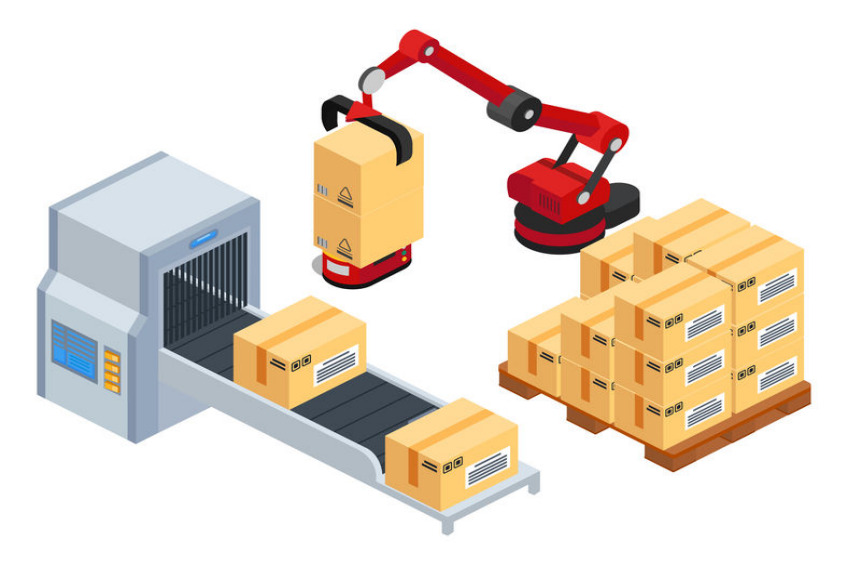Sounds like something from a sci-fi movie. Right? With that said, one only needs to search the internet to see the fascination and progress with robotics. Videos and articles about robots performing human tasks that are dangerous and/or repetitious are easily found. In my world that would include material handling robots.
In the past couple decades, as robotic technology has advanced with lightning speed, so have industrial robots. Especially pick-and-place applications that offer colossal leaps in speed and dexterity. But is that enough to replace your manufacturing employees?
Is the manufacturing employee history?
The fact is, humans have been displaced by robots in many of our manufacturing plants for many years now. And it’s growing at a fast rate.
A key driver of accelerated adoption of industrial robots is worker safety believe it or not. We hear much about job losses due to robots, but little about improvements in injury rates thanks to robotic handling. Because of this strenuous and repetitive tasks such as palletizing are being given over to robots. Also, a new issue has arisen with lack of workforce resources and employee churn and retention.
Labor resources in the food and beverage processing industry had been fairly reasonable and easy to get for the most part until the pandemic. Now with Covid-19 things have changed. Employee retention and safety is much harder to maintain. Options are being researched and acted upon out of necessity. Many times leading to a robotics solution. But what about the exorbitant costs? Here are some things to consider about costs.
Things to consider about costs.
Robotics are too expensive. Especially compared to existing labor costs. But is that the whole story?
Costs of manual labor.
The true costs of manual labor are not just the hourly rate. Items that should be considered for a total cost of labor are:
- Hourly rate
- Workers’ compensation insurance
- Vacations
- Benefit packages
- Turnover
- Recruiting
- Training
Robotics are expensive and cost prohibitive.
Paybacks typically take 18 to 24 months if you’re lucky. With that said, there are other cost savings and production increases to ease the budget such as:
- You will be able to transfer workers out of dangerous and harsh environments into more pleasant/meaningful assignments. Attributing to lower costs and improved employee morale many times
- Reduced injuries and/or sickness, thus, fewer workers’ comp claims
- Making the workplace more attractive for those skilled workers that are hard to recruit/retain
- Fewer lift truck trips between the palletizing and storage/shipping areas
- Material handling robots in high-temperature or freezer areas do not require frequent breaks
- Even small shops can run their robot(s) around-the-clock boosting output and revenue
The other side of the story. Humans are still needed.
Complexity, volume, and margin all combine in different ways to rule out the use of robots in many applications. Especially if volumes being produced and/or the money being made doesn’t support the tremendous cost of a robot. The reality is that a large portion of the food and beverage industry will remain low-tech and manual. And, will continue to do so for the foreseeable future.
Robots will get cheaper even as they get more adaptable. AI holds tremendous promise in what kind of applications robots will be able to do and how little human interaction will be needed. Of course, the smarter the machine, the more expensive it will be. Economics will protect some of what people do in manufacturing for a very long time.
Bottom line.
Robotics will get smarter and less expensive with time. Many current laborers will need to be re-trained (if possible) to become a valuable asset to the production process. Safety will be enhanced and productivity will skyrocket. Forward thinking has to take place by all. Food and beverage production is going to change.
Resources:
https://www.forbes.com/sites/jimvinoski/2018/09/03/will-a-robot-take-my-manufacturing-job-yes-no-and-maybe/?sh=4668149f123f
https://www.mhlnews.com/technology-automation/article/22042974/robots-or-people-balance-the-costs

